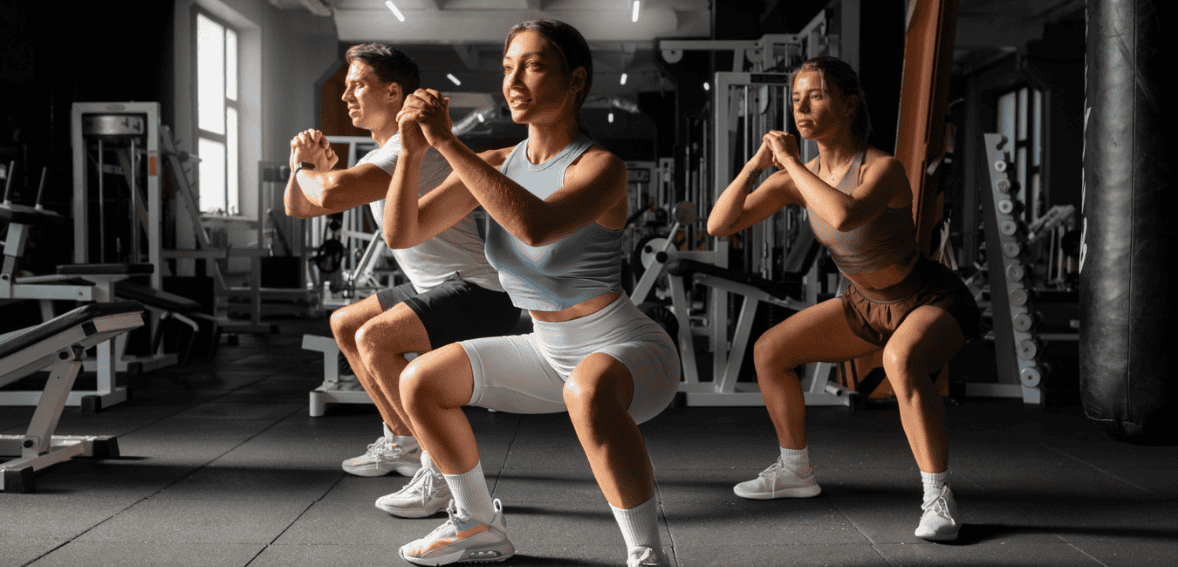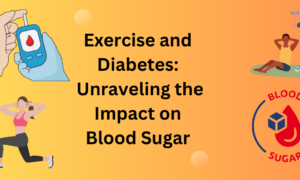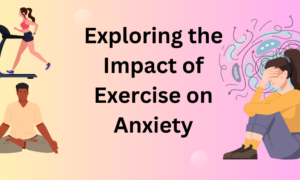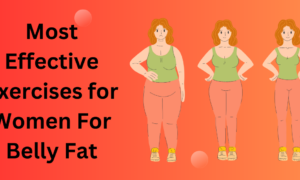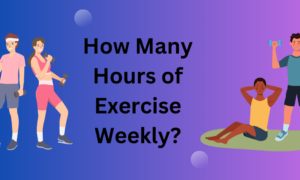Fitness has always been about intensity, heavy lifting and high impact training. For many, these images can be intimidating and a barrier to entry. In recent years gyms and fitness studios have started to get more inclusive and accessible. At the heart of this is inclusive fitness which is all about adaptability and support for all ages, body types and abilities.
With the rise of adaptive fitness gyms are now creating programs and equipment for people with mobility limitations, chronic conditions or unique health challenges. And low impact training for all is getting more popular as it’s a great workout that reduces strain while still building strength, flexibility and endurance. Together these trends are making gyms more welcoming places where fitness is a lifelong practice for everyone, not just athletes or super fit people.
The Rise of Inclusive Workout Trends
The fitness industry has had a cultural shift, driven by consumer demand and a greater understanding of health. Inclusive workouts are moving away from one size fits all and towards diverse needs and preferences. Gyms now have classes for seniors, people recovering from injuries and people managing long term health conditions.
This inclusivity goes beyond physical health to mental wellbeing, creating spaces where people feel supported and respected. Programs are designed with modifications in mind so people can do at their own pace without feeling judged. Technology has played a part too, with apps and wearables offering personalized workouts that adapt to each individual’s ability.
By incorporating adaptive fitness into everyday programming gyms are saying exercise is not about fitting into narrow standards but about finding sustainable practices that enhance overall quality of life. These inclusive initiatives not only increase participation but challenge old fashioned ideas of what fitness looks like.
Adaptive Fitness and Accessibility in Gyms
At the heart of inclusivity lies accessibility. Adaptive fitness programs are specifically designed to accommodate people with varying physical abilities, ensuring that everyone can engage with fitness meaningfully. Gyms are increasingly investing in adaptive equipment such as seated cardio machines, resistance bands, and cable systems that allow for a wide range of modifications. Instructors trained in adaptive methods are better equipped to guide individuals with disabilities or mobility limitations, making gyms truly welcoming environments.
The focus is not on limitations but on possibilities; identifying safe, effective movements that build confidence and strength. These programs also create a sense of community, where participants support one another in overcoming challenges and celebrating achievements. By adopting inclusive workout trends, gyms demonstrate a commitment to accessibility and equity, ensuring that fitness is not limited to those with conventional athletic abilities. Low-impact training for all abilities complements these efforts, making it easier to create classes where everyone can participate fully and safely.
Low-Impact Training for All Abilities
Low-impact exercise has emerged as one of the most accessible and sustainable fitness approaches. By focusing on movements that minimize stress on joints and reduce injury risk, low-impact training for all abilities is particularly effective for seniors, beginners, and individuals recovering from health setbacks. However, it is not limited to these groups; it benefits anyone seeking safe, efficient, and enjoyable workouts.
Activities such as swimming, cycling, yoga, and Pilates emphasize endurance and strength without the intensity of high-impact exercises like running or plyometrics. In gyms, this has led to the development of classes and circuits that balance cardiovascular health with mobility and flexibility. Paired with adaptive fitness strategies, low-impact workouts can be customized for individuals with specific needs, ensuring inclusivity.
These programs are essential in reinforcing inclusive workout trends, as they allow participants to join in at their comfort level while still progressing toward meaningful goals. The growing popularity of low-impact training reflects a broader recognition that fitness should be about longevity and sustainability rather than short-term intensity.
Technology’s Role in Supporting Inclusivity
Technology has become a powerful ally in promoting inclusivity across gyms and fitness programs. Apps, smart machines, and wearable trackers now help individuals tailor routines to their own abilities and health goals. Through inclusive workout trends, technology provides accessibility tools such as visual demonstrations, audio guidance, or progress-tracking dashboards that encourage consistency.
For those engaged in adaptive fitness, technology ensures modifications are clear and adjustments can be made seamlessly, enhancing both safety and results. Similarly, low-impact workout modes on cardio machines allow individuals to train at appropriate intensities, making low-impact training for all abilities easier to implement. Online platforms have also expanded inclusivity by allowing people to participate in group classes virtually, breaking down geographical and mobility barriers.
This hybrid approach of in-person and digital offerings reinforces the idea that fitness belongs to everyone, regardless of their starting point or physical condition. By leveraging technology, gyms are able to reach wider audiences and support diverse needs more effectively than ever before.
Building Community Through Inclusive Fitness
Community is a big motivator in fitness and inclusive practices amplify that. Inclusive fitness trends are about group activities that focus less on competition and more on collaboration and support. Classes for mixed abilities are about understanding and empathy, where differences are celebrated not hidden.
For people doing adaptive fitness, being part of a group can reduce feelings of isolation and get encouragement from others who are going through the same challenges. Low impact training for all can also build community as people can progress together without the pressure of high performance expectations.
By being inclusive gyms become from transactional spaces to community spaces where members share goals, celebrate milestones and inspire each other. These connections build loyalty, improve mental health and make people see fitness as a long term lifestyle not a short term fix. The focus shifts from physical results to overall well being and connection.
Reducing Intimidation in Gym Culture
Many people avoid gyms because of intimidation, often linked to feelings of exclusivity and competition. Inclusive fitness trends are breaking down these barriers by creating spaces where every member feels seen. From marketing materials featuring diverse body types to trainers who focus on encouragement not competition, the vibe within gyms is changing.
Adaptive fitness programs are also challenging the stereotypes around who belongs in fitness spaces by featuring people with disabilities or chronic conditions as active participants. Low impact training for all abilities is also showing that progress looks different for everyone and slow and steady is just as valuable as high intensity results.
This cultural shift not only brings in new members but also keeps them by making them feel comfortable and respected. Over time, reducing intimidation equals inclusivity, making fitness spaces more representative of the communities they serve and proving gyms are for everyone not just a select few.
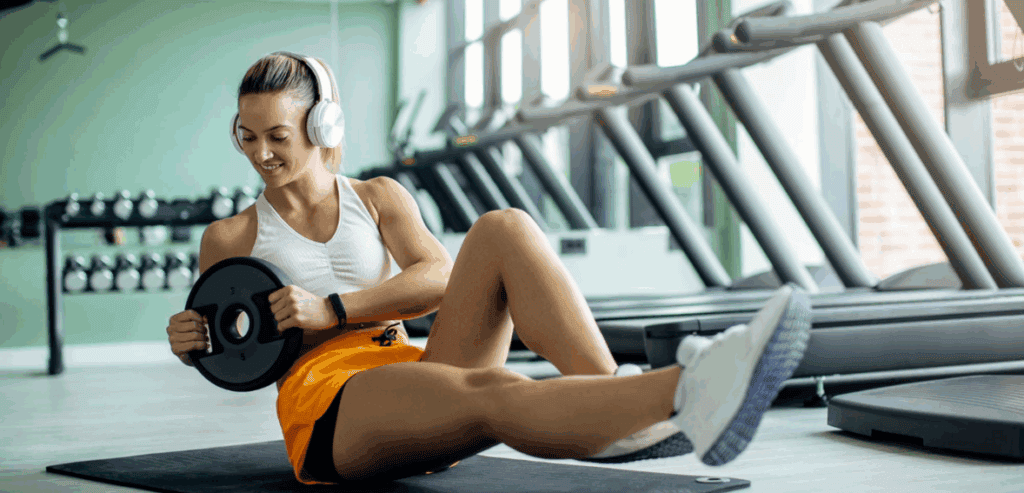
Inclusive Fitness and Mental Health Benefits
Physical activity has well-documented benefits for mental health, but inclusivity ensures that these benefits are accessible to all. By integrating inclusive workout trends, gyms create safe spaces where individuals can manage stress, improve mood, and build confidence. For people with physical limitations, adaptive fitness provides pathways to engage in exercise without fear of injury or exclusion, which can have significant psychological benefits.
Similarly, low-impact training for all abilities allows participants to enjoy endorphin boosts and relaxation without pushing beyond safe limits. The emphasis on accessibility and support reduces anxiety often associated with gyms, making them places of healing and empowerment. These inclusive approaches also address broader issues like social isolation by encouraging connection and participation in group settings. The combination of physical and mental benefits highlights why inclusive fitness is not simply a trend but an essential part of holistic health strategies, ensuring that well-being is achievable for everyone.
The Business Value of Inclusivity in Fitness
Inclusivity benefits the participant but also the gym owner/operator. Embracing inclusive trends opens up new customer segments that traditional fitness marketing often overlooks. Seniors, people with disabilities and those looking for gentle exercise all represent valuable market segments.
Adaptive fitness programs differentiate gyms by showing a commitment to accessibility, low impact training for all abilities appeals to people looking for sustainable exercise solutions. Inclusivity also improves retention as members are more likely to stay with gyms where they feel welcome and supported.
From a business perspective this means stable revenue streams and a stronger reputation in the community. Inclusive practices also align with the growing social expectation of equity and representation, so it strengthens your brand. By being inclusive you position yourself as a leader in modern fitness and long term success through loyal diverse membership. The business case for inclusivity is as strong as the social and health benefits it delivers.
The Role of Trainers in Inclusive Fitness
Instructors and trainers are the key to bringing inclusive fitness trends to life. Their teaching style can either encourage participation or reinforce the intimidation that keeps people away. Trainers who know adaptive fitness techniques can modify exercises for individuals with specific needs, whether it’s reducing intensity, adjusting form or adding supportive equipment.
Having empathetic and well trained staff sends a clear message that gyms are safe for everyone. By promoting low impact training for all, trainers are showing that fitness isn’t about extremes but about building sustainable routines for each individual. This requires education and awareness as trainers need to be aware of a wide range of physical and emotional needs.
Many fitness organisations are now offering special certifications in inclusive training so trainers can better serve diverse communities. When trainers are inclusive they build trust and empower clients to achieve their goals in ways that feel realistic and supportive, so gyms are places of growth not exclusion.
Designing Gym Spaces for Accessibility
Inclusivity is not just about the programming but also the environment. The design of the space can make people feel comfortable and welcome. Inclusive workout trends start with simple changes like wider paths for mobility devices, clear signage and accessible locker rooms.
Dedicated areas for adaptive equipment means people with mobility challenges are not isolated but part of the bigger fitness experience. Versatile machines that can be used seated or standing makes spaces more functional for everyone. Open studio layouts for low impact training for all abilities creates a space where people of all fitness levels can work together.
Lighting, acoustics and even decor can contribute to feelings of comfort and inclusivity. A well designed space says to all members we value you, eliminates physical and psychological barriers. This attention to detail makes the gym a community hub where accessibility is part of the culture not an afterthought.
Cultural Shifts Driving Inclusive Workout Trends
The popularity of inclusive workout trends is not accidental but reflects broader cultural shifts toward diversity, equity, and wellness. As societies place greater emphasis on representation and inclusivity, the fitness industry has responded by challenging long-standing stereotypes about what it means to be “fit.” Adaptive fitness programs are a direct result of this change, highlighting the achievements of people with different abilities and showcasing that strength comes in many forms.
Meanwhile, the rise of low-impact training for all abilities aligns with growing awareness of sustainability and long-term health, moving away from short-lived extremes toward practices that can be maintained for life. Social media has also accelerated this shift, giving visibility to diverse voices and communities that had previously been underrepresented.
Consumers now expect brands, including gyms, to reflect inclusivity in their offerings. This cultural momentum ensures that inclusivity is not a temporary trend but an integral part of the evolving definition of fitness. By aligning with these values, gyms remain relevant and appealing to modern audiences.
The Future of Inclusive Fitness
Looking ahead, inclusivity in fitness will only become more deeply embedded in gym culture and business models. The continued growth of inclusive workout trends suggests that accessibility will be a standard expectation rather than a special feature. Advances in equipment and technology will expand the possibilities for adaptive fitness, offering smarter machines and wearable devices that adjust automatically to user needs.
Similarly, the demand for low-impact training for all abilities is likely to rise as more people prioritize longevity, joint health, and sustainable routines over high-intensity extremes. Virtual and hybrid classes will continue to make fitness more accessible by reaching individuals who cannot attend in person, further expanding inclusivity.
Policymakers and health organizations may also push for greater accessibility standards in gyms, ensuring that inclusivity is reinforced at every level. Ultimately, the future of fitness lies in creating spaces that embrace diversity and empower people to move in ways that work for them. This vision not only strengthens health outcomes but also redefines fitness as a universal right rather than an exclusive pursuit.
Conclusion
The shift toward inclusive fitness marks an important cultural and practical evolution in the fitness industry. By embracing inclusive workout trends, gyms and studios are becoming more welcoming spaces where diversity is celebrated and accessibility is prioritized. The rise of adaptive fitness programs ensures that individuals with varying abilities can participate fully, while low-impact training for all abilities provides safe and effective options for people at all stages of their fitness journey.
Together, these approaches are redefining the role of gyms, moving beyond exclusivity and competition toward community, health, and sustainability. For brick-and-mortar gyms and fitness brands, inclusivity is no longer optional; it is a necessity for relevance and growth. For participants, it represents empowerment, connection, and improved well-being. As the fitness industry continues to evolve, inclusivity will remain at its core, ensuring that fitness truly is for everyone.

